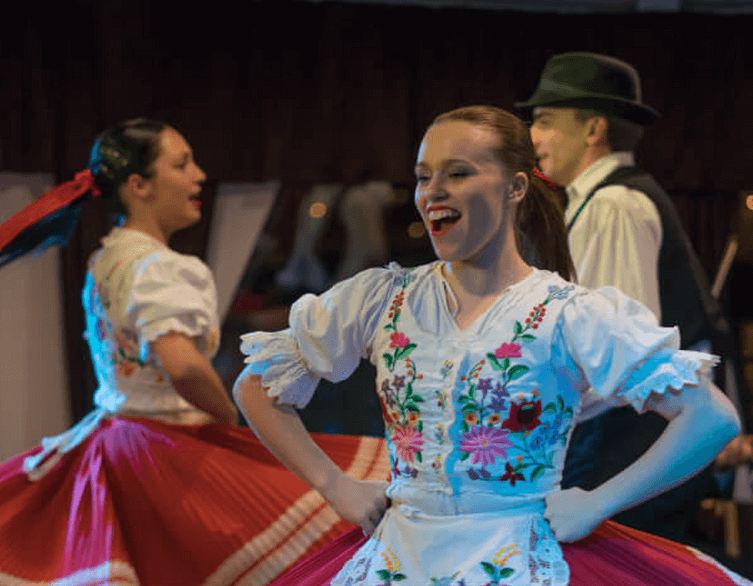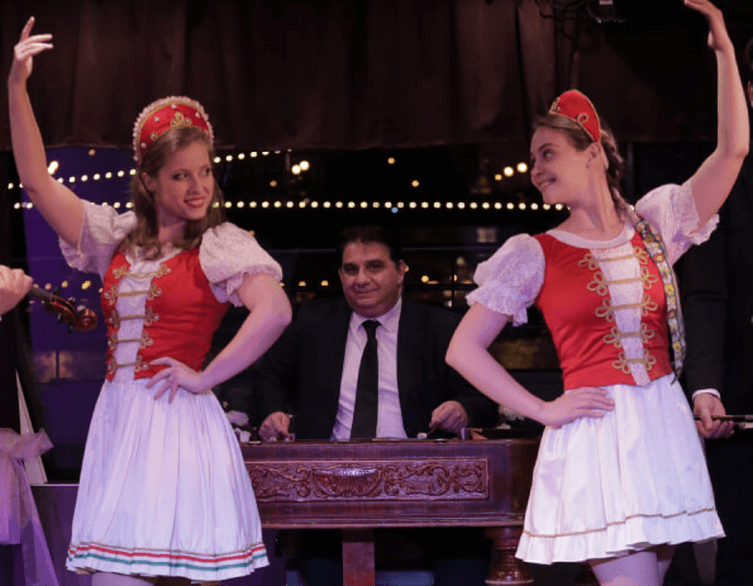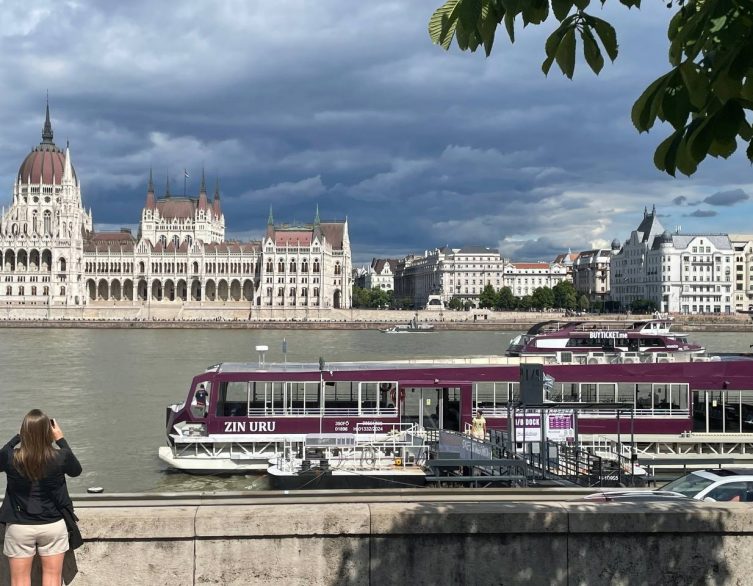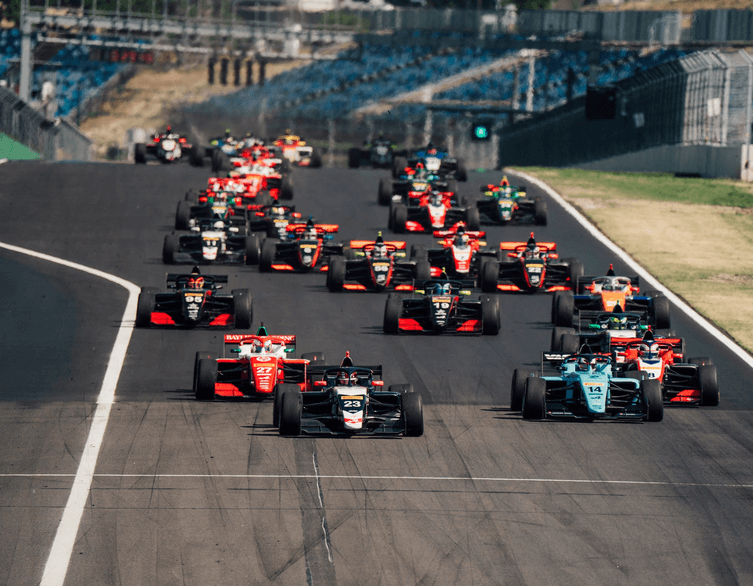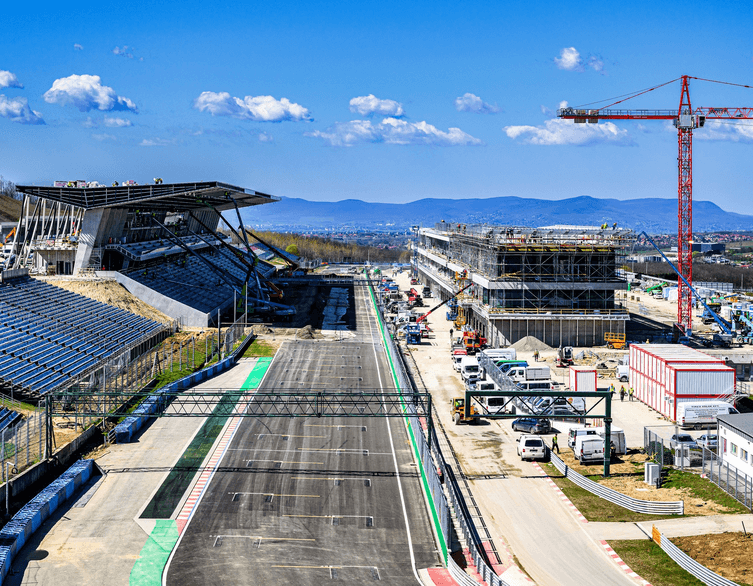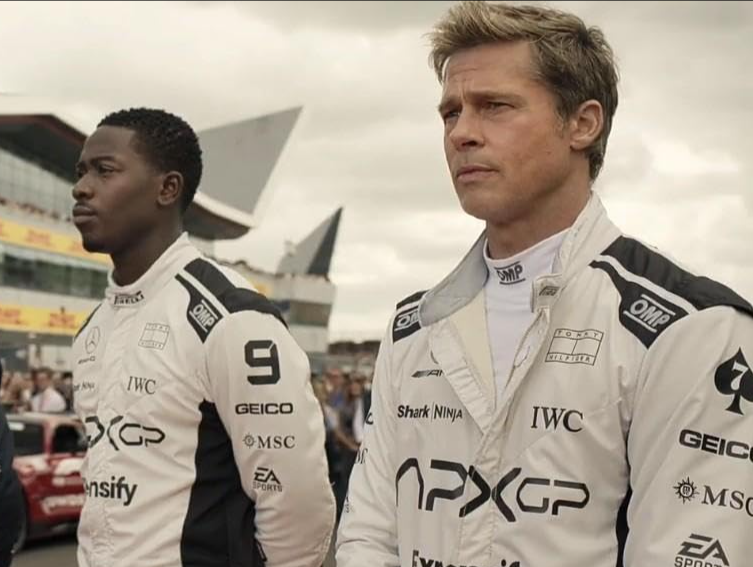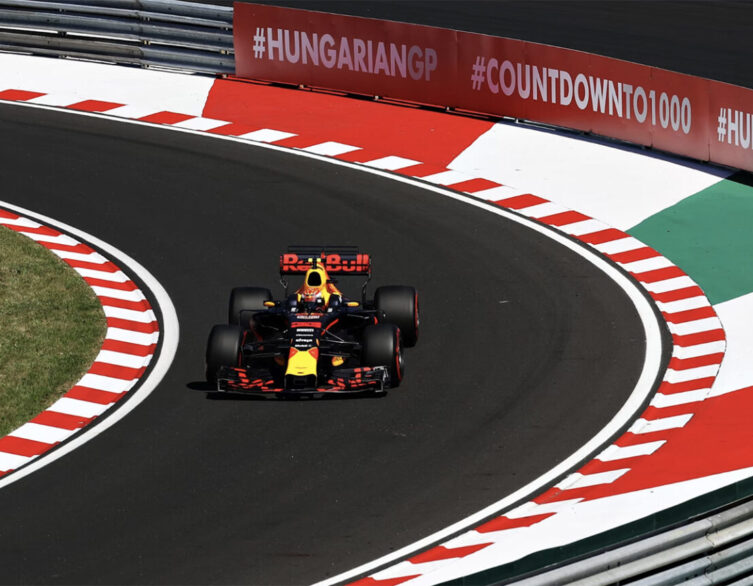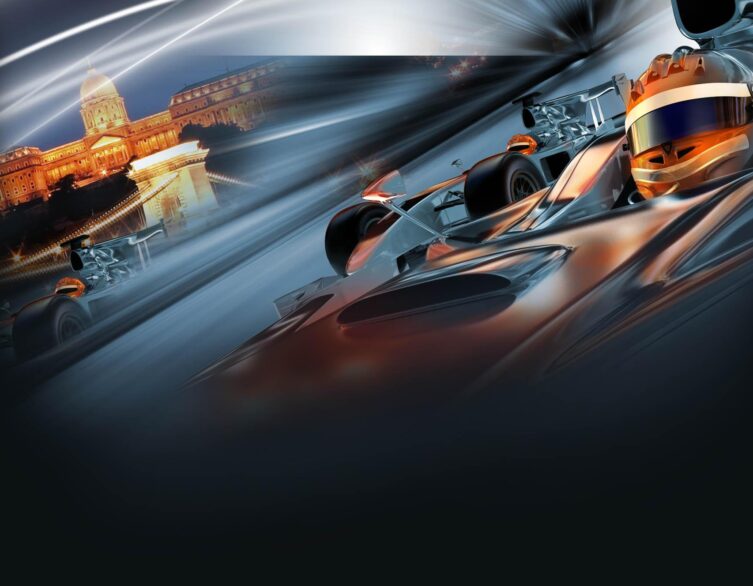The Story of the Hungaroring: Budapest’s Legendary Formula 1 Track

From Dream to Reality: The Birth of the Hungaroring
Few circuits in the world can claim a history as unique and groundbreaking as the Hungaroring. Built nearly four decades ago, this track was a true curiosity in its time: it was the first Formula 1 circuit constructed behind the Iron Curtain. The story begins in the mid-1980s, when Bernie Ecclestone, the mastermind behind F1’s global expansion, set his sights on bringing the sport to Eastern Europe. While Moscow was initially considered, it was Budapest’s central location and the Hungarian government’s openness that sealed the deal.
Construction of the Hungaroring began on October 1, 1985, in the small town of Mogyoród, just 20 kilometers from Budapest. In a feat that still astonishes motorsport fans, the entire circuit was completed in just eight months-a record for a project of this scale. The inaugural Hungarian Grand Prix took place on August 10, 1986, and the event immediately made history. Nelson Piquet claimed victory in front of more than 200,000 spectators, a record crowd at the time, and the world took notice: Formula 1 had officially arrived in the East.
A Track Like No Other: Layout, Challenges, and Evolution
The Hungaroring was purpose-built for Formula 1, with an original length of 4.014 kilometers and 16 corners. Its tight, twisty layout quickly earned it comparisons to Monaco, minus the harbor and the barriers. The circuit’s technical nature and limited overtaking opportunities have always presented a unique challenge for drivers and strategists alike. Dusty conditions-thanks to the track’s “bowl” setting and infrequent use outside of race weekends-add another layer of intrigue, making grip a precious commodity and every maneuver a calculated risk.
Over the years, the Hungaroring has undergone several key changes to keep pace with modern racing. In 1989, the troublesome triple chicane was removed, streamlining the flow of the track. A more significant overhaul came in 2003, when the start-finish straight was lengthened and several corners-including Turns 1, 12, and 14-were reprofiled to improve overtaking opportunities and ramp up the excitement. The current circuit measures 4.381 kilometers and features 14 demanding turns, challenging the world’s best drivers year after year.
The entire track was resurfaced in 2016, enhancing grip and safety, while ongoing upgrades have ensured the Hungaroring remains a world-class venue. Today, it stands as the second-longest continuously running F1 circuit after Monza-a testament to its enduring appeal and the loyalty of its fans.
Best deals of Budapest
Legendary Races and Unforgettable Moments at the Hungaroring
Since its debut on the Formula 1 calendar in 1986, the Hungaroring has been the backdrop for some of the sport’s most historic and dramatic races. The circuit’s unique, twisty layout has challenged the world’s best drivers and delivered a treasure trove of memorable moments that are still talked about in paddocks and living rooms alike.
The inaugural Hungarian Grand Prix in 1986 was a landmark event, not only for being the first Formula 1 race behind the Iron Curtain but also for the sheer spectacle it provided. Over 200,000 fans packed the stands to witness a thrilling duel between Brazilian legends Nelson Piquet and Ayrton Senna. Piquet’s daring overtaking maneuver on Senna, a move that still features in highlight reels, secured him the victory and set the tone for the Hungaroring’s reputation as a stage for bold driving and high drama.
The following year, the circuit delivered another classic. Nigel Mansell, who had become a fan favorite in Hungary, seemed destined for victory until a lost wheel nut forced him out of the lead with just six laps to go. Nelson Piquet was there to seize the opportunity, taking his second consecutive win at the track and leaving fans in disbelief at the sudden twist of fate.
The Hungaroring has often been a place where the underdog shines. In 1997, Damon Hill, driving for the unheralded Arrows team, came agonizingly close to a fairytale win. Hill led most of the race in a car that had no business at the front, only to suffer a hydraulic failure on the final lap, allowing Jacques Villeneuve to snatch victory. The heartbreak was palpable, but Hill’s performance remains one of the sport’s legendary drives.
The circuit has also been the site of title triumphs and maiden victories. In 1992, Nigel Mansell clinched the world championship in Hungary, cementing his place among the greats. The track has witnessed the first-ever Grand Prix wins for several drivers, including Damon Hill in 1993, Fernando Alonso in 2003-making him the youngest winner at the time-Jenson Button in a rain-soaked 2006 race, Heikki Kovalainen in 2008, Esteban Ocon in 2021, and Oscar Piastri in 2024. Each of these moments added a new chapter to the Hungaroring’s rich history.
Rain, once a rarity at the Hungaroring, played a starring role in 2006 when Jenson Button stormed from 14th on the grid to claim his first Formula 1 victory. The wet-dry conditions turned the race into a strategic chess match, and Button’s win was as popular as it was unexpected.
The circuit has also been a battleground for legendary rivalries. Alain Prost and Ayrton Senna staged epic duels here, their contrasting styles and fierce competitiveness captivating fans year after year. Meanwhile, Michael Schumacher and Lewis Hamilton have both made the Hungaroring their own, with Schumacher taking four victories and Hamilton setting a record with eight wins-a feat that underscores the circuit’s status as a true driver’s track.
Beyond the headline moments, the Hungaroring has produced countless stories of grit, heartbreak, and triumph. From Thierry Boutsen’s defensive masterclass in 1990, holding off Senna lap after lap, to the tactical brilliance of Schumacher’s Ferrari team in 1998, where mid-race strategy changes turned the tide, the circuit never fails to deliver intrigue.
For Hungarian fans, the track holds special significance thanks to local heroes like Zsolt Baumgartner, who became the first and only Hungarian to race in Formula 1, scoring a point for Minardi in 2004. The passionate home crowd, renowned for its energy and color, adds an unmistakable vibrancy to every race weekend.
As the Hungaroring approaches its 40th anniversary, its legacy is defined by these unforgettable races and the sense of anticipation that each new Grand Prix brings. Whether it’s a surprise winner, a dramatic twist, or a masterful drive, history is always waiting to be made at Budapest’s legendary circuit.
Hungarian Heroes and a Loyal Crowd
For Hungarian fans, the Hungaroring is a source of immense pride. It’s not just about the international stars-local heroes have also made their mark. Zsolt Baumgartner became the first (and so far only) Hungarian driver to race in Formula 1, scoring a point in 2004, a rare feat in a Minardi at the time. Behind the scenes, Hungarian engineers, mechanics, and data specialists have contributed to the success of top teams like Red Bull, Mercedes, and Ferrari.
The crowd at the Hungaroring is famously passionate and colorful, with fans traveling from across Central and Eastern Europe to soak up the atmosphere. The Hungarian Grand Prix is a highlight of the summer, drawing hundreds of thousands of visitors and creating an electric, festival-like environment that both drivers and teams relish.
Ongoing Renewal: The Hungaroring’s Modern Transformation
The Hungaroring’s legacy is not just about nostalgia-it’s about constant evolution. Since its opening, the circuit has seen multiple upgrades to meet the ever-increasing demands of Formula 1 and other international series. The most ambitious transformation began in 2024, with a major renovation project set to be completed by 2026. These upgrades include a new main building, expanded paddock and media areas, improved spectator facilities, and modernized infrastructure throughout the venue.
The goal is clear: to ensure the Hungaroring remains a permanent fixture on the Formula 1 calendar and to transform it into a year-round, multifunctional sports and event destination. The renovation also focuses on sustainability, with energy-saving systems and solar panels being introduced, reflecting Formula 1’s push toward carbon neutrality by 2030.
The Hungaroring’s Enduring Legacy
Through nearly four decades of racing, the Hungaroring has become a true classic on the Formula 1 calendar. Its unique character, rich history, and unwavering fan support have secured its place among the sport’s greatest venues. As it approaches its 40th anniversary, the circuit is not just looking back at its storied past but racing confidently into the future-ready to deliver more unforgettable moments for drivers, teams, and fans from around the world.
For foreign visitors to Budapest, a trip to the Hungaroring is more than just a day at the races-it’s a journey through motorsport history, Hungarian pride, and the thrill of Formula 1 at its finest.
Related news
Related events









